The Scarlet Ibis is a small wading bird that lives in northern South America. Their feathers, or plumage, are bright pink in color. Like all Ibises, these birds have long, narrow, slightly curved beaks. They use these long beaks and their long legs to wade through shallow water and forage for food. Read on to learn about the Scarlet Ibis.
Description of the Scarlet Ibis
These birds have long legs, long bills, and moderately long necks. They are medium-sized wading birds, and usually stand about two and a half feet tall. In shape and size, they are quite similar to spoonbills. The primary difference is their bills, which are long and skinny, and curve slightly downward. This species of Ibis has brilliant pink feathers.
Interesting Facts About the Scarlet Ibis
This species definitely catches the eye, but they are more than just a pretty bird. These are interesting birds, with a number unique of traits and behaviors.
- Avian Cousins – These birds share the same family with spoonbills, Threskiornithidae. That mouthful of a family contains both groups of birds, which are quite similar, save for their beaks. In total, there are at least 34 different species of birds in the Threskiornithidae family.
- Birds of a Feather – These Ibises are extremely social birds, and they live in large flocks both while they are nesting and outside of the breeding season. Living in a group has its advantages. While large groups of birds are easier to spot, they also contain more eyes to spot potential predators and sound the alarm.
- Honk! – This species of Ibis will honk in order to let the other member of the flock know that there’s danger. They also use this honking noise in other social interactions. Males honk at females while trying to impress them as a mate. They will also use honking to greet one another periodically.
- Nesting Colonies – If Ibises are social while they are out foraging, they are more so when they are breeding. Multiple flocks of Ibises congregate to form huge nesting colonies. It isn’t unusual for colonies to have several hundred nests. In fact, sometimes the nests can even reach the thousands!
Habitat of the Scarlet Ibis
Like most Ibises, and most spoonbills as well, these birds live in habitats with shallow waters. Though they prefer fresh waters, they also inhabit brackish water and saltwater.
Some of the different habitats that they occupy include marshes, swamps, mangroves, wetlands, mud flats, ponds, bays, and more. While nesting, they seek out isolated islands and mangrove thickets.
Distribution of the Scarlet Ibis
The Scarlet Ibis has a relatively small distribution compared to other members of the Threskiornithidae family. They live mostly along the coasts of northern South America.
These birds live in Colombia, Venezuela, Guyana, Suriname, French Guiana, and Brazil. Their populations mostly live along the coasts, though they do live slightly inland during seasonal migrations.
Diet of the Scarlet Ibis
Ibis use their specialized bills to forage in shallow waters. Both on land and in water, they poke their bills into soft muds and sands to flush out small prey. The vast majority of their diet consists of shrimp, crabs, and crayfish.
However, they are not picky, and will also eat insects, insect larvae, snails, frogs, small fish, and even small snakes. Populations in different regions often eat different species of prey, but they are opportunistic and feed on just about anything.
Scarlet Ibis and Human Interaction
Humans have hunted this bird for centuries, both for their bright feathers and their meat. To this day, humans continue to hunt these birds, though regulations are stricter.
Habitat loss also threatens this species, particularly for their nesting colonies. Thankfully, their populations are stable despite these threats. Because of this, the IUCN lists this species as Least Concern.
Domestication
Humans have not domesticated this species in any way.
Does the Scarlet Ibis Make a Good Pet
No, Scarlet Ibises do not make good pets. Though they may be pretty, these birds simply would not thrive in a household setting. They spend their time wading through shallow waters and foraging in mud and silt. In most places, it is also illegal to own this species as a pet.
Scarlet Ibis Care
In zoos, this species is quite popular because of its bright coloration. Zookeepers must feed these birds the correct diet for them to maintain their color. Because these birds get their bright color from the food they eat, birds in zoos sometimes lose some of their color.
If zookeepers feed them a diet high in protein and crustaceans, they maintain their coloration. These birds also thrive in enclosures with plenty of shallow water areas for them to forage.
Behavior of the Scarlet Ibis
These birds are incredibly social, and even when they are not breeding they live in cohesive flocks. These flocks frequently forage in loose groups, with all the birds feeding relatively close to one another.
They spend most of their time prodding about in the mud and shallow waters for small prey. Seasonally, these birds migrate towards the coast, or to inland swamps and mangroves.
Reproduction of the Scarlet Ibis
When it is time to breed, multiple flocks of Scarlet Ibis congregate at favorite breeding colonies. The number of nests range anywhere from hundreds to over a thousand.
Females lay an average of two eggs per season, which hatch after a three week gestation period. The chicks begin to fly when they are just one month old, and are fully independent at seven weeks of age.

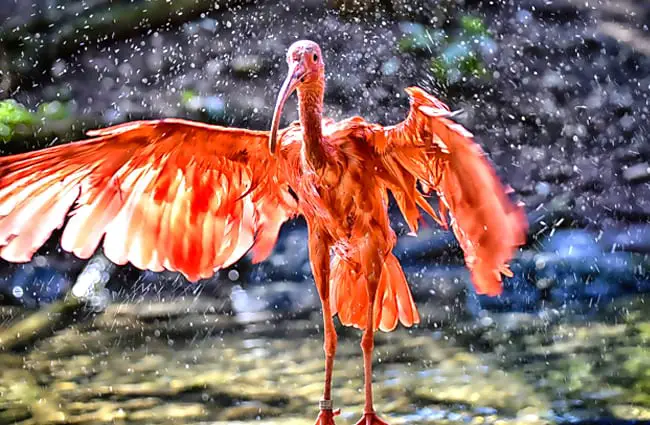
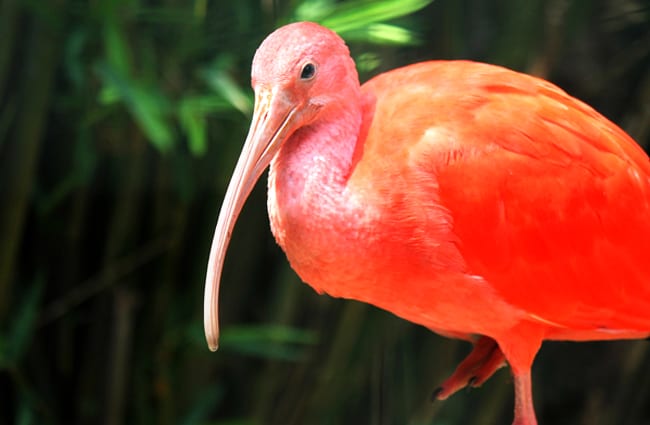
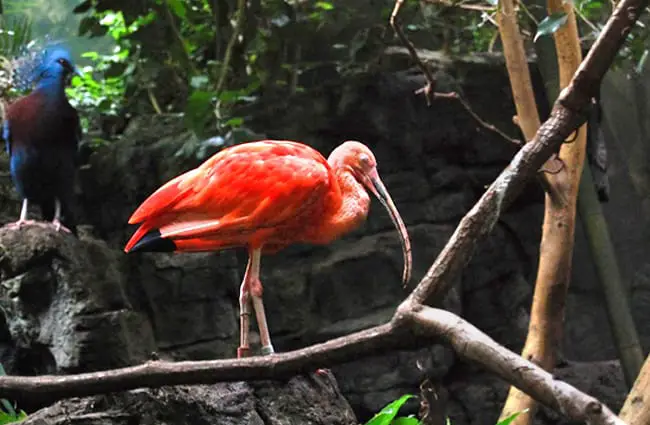
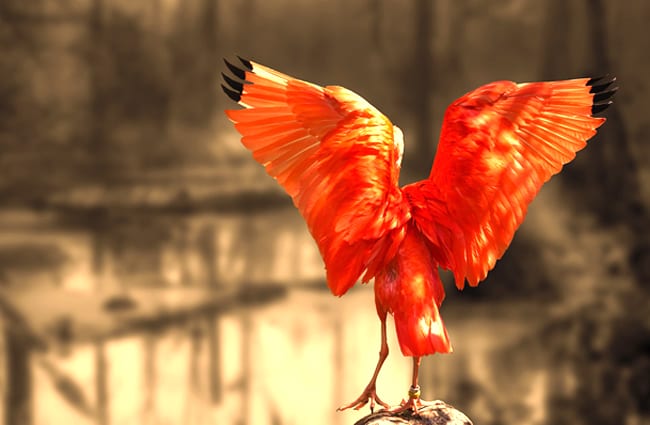
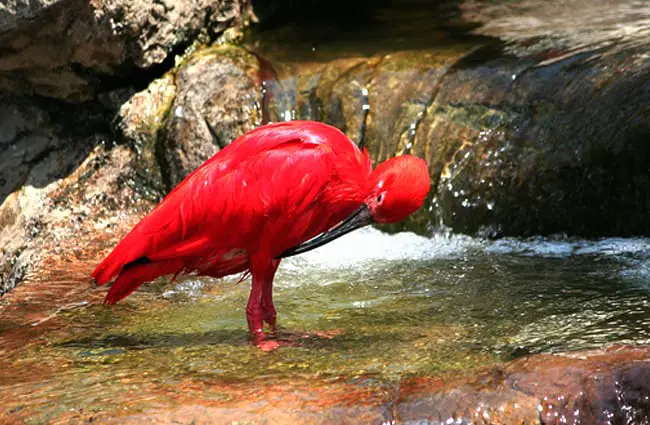





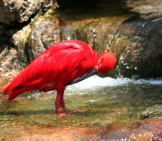
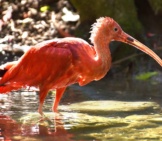
![Red Angus Closeup of a beautiful Red Angus cowPhoto by: U.S. Department of Agriculture [pubic domain]https://creativecommons.org/licenses/by/2.0/](https://animals.net/wp-content/uploads/2020/03/Red-Angus-4-238x178.jpg)












![Red Angus Closeup of a beautiful Red Angus cowPhoto by: U.S. Department of Agriculture [pubic domain]https://creativecommons.org/licenses/by/2.0/](https://animals.net/wp-content/uploads/2020/03/Red-Angus-4-100x75.jpg)

